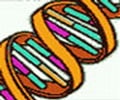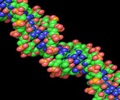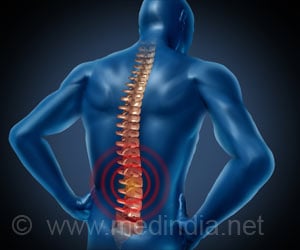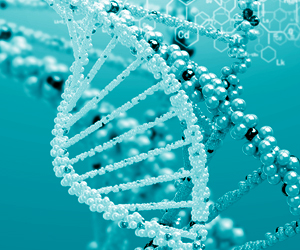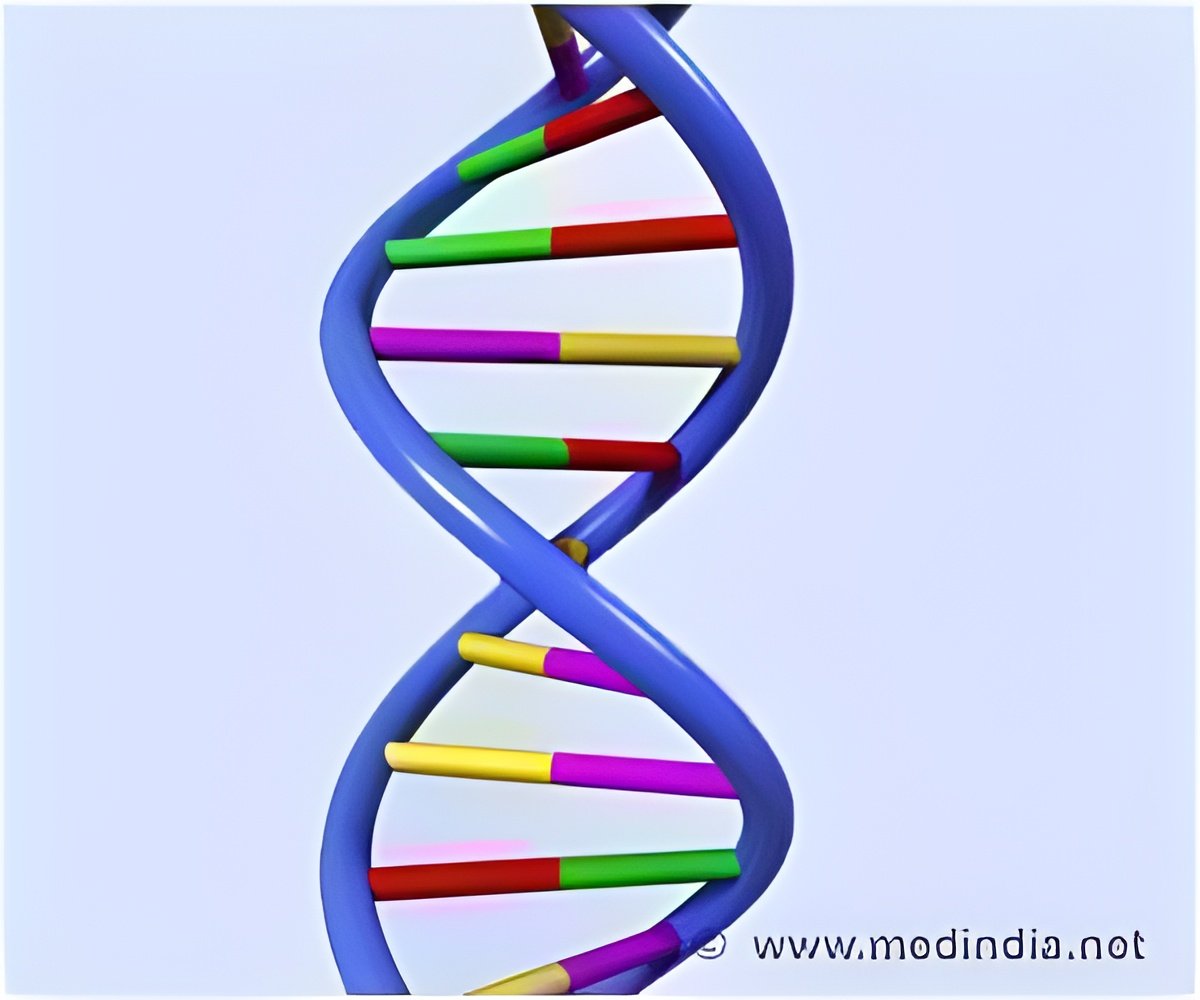
When those patient observations were coupled to analyses of the anatomical defects in genetically altered zebrafish embryos, the researchers were able to identify the contribution specific genes made to the pathology, demonstrating a powerful tool that can now be applied to unraveling many other complex and rare human genetic conditions.
The findings are broadly important for human genetic disorders because copy-number variants (CNVs) -- fragments of the genome that are either missing or existing in extra copies -- are quite common in the genome. But their precise contribution to diseases has been difficult to determine because CNVs can affect the function of many genes simultaneously.
"Because a CNV can perturb many genes, it is difficult to know which of them is responsible," said Nicholas Katsanis, a professor of cell biology who directs the Center for Human Disease Modeling and the Task Force for Neonatal Genomics at Duke University.
Last year, Katsanis and his colleagues found that they could trace recurrent copy-number variants and dissect the consequences of each perturbed gene to particular features in patients. The new study goes one step further by showing that they can also do this in more challenging cases, when CNVs differ in size from one individual to the next. In this case, "each person has his or her own private deletion or duplication," he said, with the potential to affect a different number of genes.
The researchers showed that partially overlapping microdeletions found in the human patients include a region that contains three genes. By manipulating those genes in zebrafish, first one at a time and then in combination, they were able to connect the genes to specific features of the human syndrome. One of the study's first authors, post-doctoral researcher Christelle Golzio, recalled what it was like to see the characteristics of those human patients reflected in their laboratory fish for the first time.
Advertisement
"This is a faster, cheaper, more efficient method to study and decipher copy-number variants, and the zebrafish model looks pretty robust in terms of recapitulating what the physicians observe in people," Golzio said.
Advertisement
In principle, the researchers say they can now examine the role of copy-number variants in any human syndrome, so long as the condition is associated with features that are measurable in the fish.
"We will need to study lots of CNVs to find the edges of our capabilities," Katsanis said. "As we add this layer of dissection and interpretation, we will have prediction, diagnosis and the beginnings of biological understanding."
Source-Eurekalert

